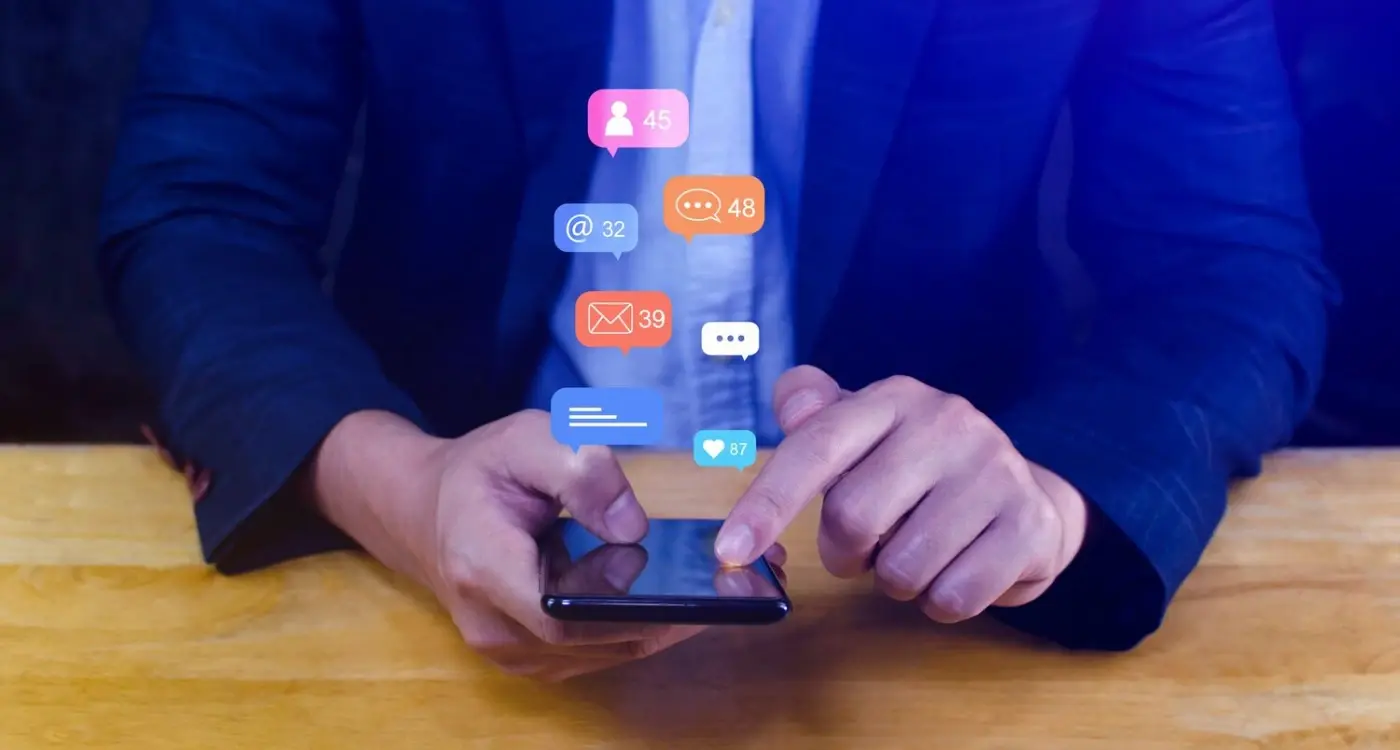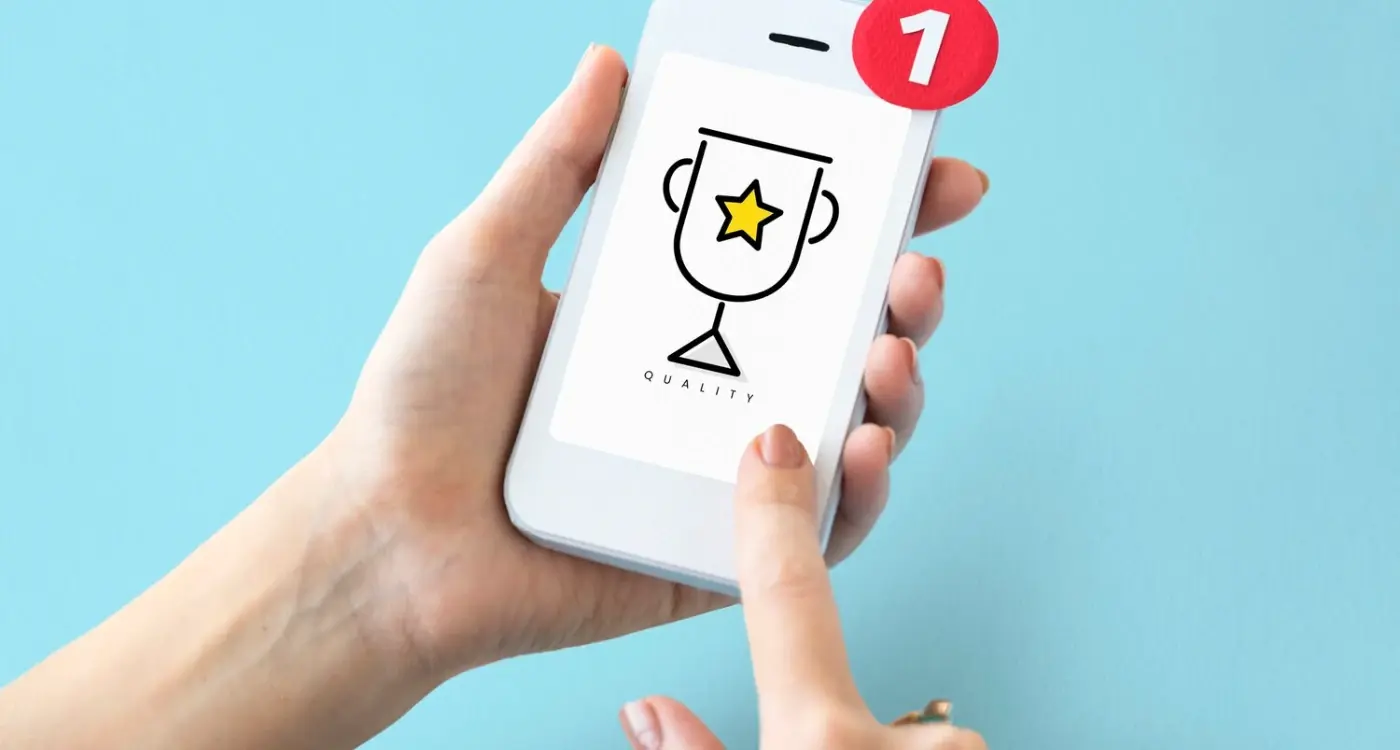How Can You Turn App Users Into Brand Advocates on Social Media?
Getting users to actually talk about your app on social media feels a bit like trying to herd cats sometimes—everyone's doing their own thing and half the time you're not sure if they're even listening! But here's what I've learned after years of building apps that people genuinely want to share: turning users into brand advocates isn't about tricks or gimmicks; it's about creating experiences so good that people can't help but tell their mates about them.
The thing is, most app developers focus entirely on getting downloads and forget about what happens after someone's actually using their app. They spend thousands on user acquisition but barely think about how to turn those users into genuine fans who'll do the marketing for them. It's a bit mad really, because word-of-mouth marketing is still the most powerful form of promotion—and it doesn't cost you a penny once you get it right.
The best marketing doesn't feel like marketing at all; it feels like sharing something you genuinely care about with people you want to help.
I've worked with clients who've transformed their entire business by focusing on app loyalty and user-generated content rather than just chasing new downloads. When users become proper brand advocates, they don't just recommend your app—they create content about it, defend it in comments, and bring in other users who are already primed to love what you've built. The secret? Making every interaction within your app feel like it's worth sharing, and then making that sharing feel as natural as sending a text to a friend.
Understanding What Makes Users Share
After building apps for countless clients over the years, I've noticed something quite interesting about user behaviour. People don't just share content randomly—there's always a reason behind it. Actually, there are several psychological triggers that make someone want to hit that share button, and understanding these can completely change how you approach building social features into your app.
The biggest driver I've seen is what I call "look what I did" moments. Users love sharing achievements, whether its completing a fitness goal, reaching a new level in a game, or finishing an online course. These moments make people feel proud, and sharing them extends that feeling. But here's the thing—you can't just slap a generic "Share your progress!" button somewhere and expect it to work. The timing has to be perfect; right when users are feeling that rush of accomplishment.
The Science Behind Social Sharing
There's actually some solid psychology behind why people share. Users share content that makes them look good to their friends and family. They also share things that help others or provide value to their social network. I mean, nobody wants to be seen as someone who only posts rubbish, right? So when designing shareable moments in your app, ask yourself: "Does this make my user look smart, helpful, or accomplished?"
Emotional Triggers That Work
From my experience, the most powerful sharing triggers are surprise, pride, and genuine usefulness. When users discover something unexpected in your app, they want to tell others about it. When they achieve something meaningful, they want recognition. And when they find something genuinely helpful, they naturally want to pass it along. These emotions don't happen by accident though—you need to design your app experience around creating these specific moments.
Creating Shareable Moments Within Your App
You know what makes people hit that share button? It's not fancy graphics or clever copy—it's genuine moments that make them look good to their friends. After building apps across dozens of industries, I've noticed the same pattern: users share when they achieve something meaningful, discover something useful, or experience something that reflects well on who they are.
The trick is designing these moments into your app from the start. Think about fitness apps that celebrate personal records or language learning apps that showcase streak achievements. These aren't accidental features; they're carefully crafted shareable moments that turn individual progress into social proof.
Milestone Moments That Matter
Your app probably already tracks user actions, but are you celebrating the right ones? The most shareable moments happen when users cross meaningful thresholds—not just "you've opened the app 10 times" but "you've saved £200 this month" or "you've helped 5 local businesses." The achievement needs to feel genuinely worth sharing.
I've seen apps fail because they celebrate everything equally. When every action gets a badge, nothing feels special. Instead, focus on moments that genuinely matter to your users and their identity.
- Personal achievements that show progress or growth
- Moments of discovery that provide genuine value
- Social contributions that help others or the community
- Creative outputs that users feel proud of
- Exclusive access or early previews that make users feel special
The key is making sharing feel like a natural extension of the achievement, not an afterthought. When users genuinely want to tell people about what they've accomplished, your app becomes part of their personal story.
Create shareable moments around user progress rather than app features. People share achievements, not functionality.
Building Community Features That Encourage Connection
You know what? Building community features isn't just about adding a comments section and calling it done. I've seen too many apps try this approach—they slap on some basic social features and wonder why nobody's using them. The reality is that creating genuine connection requires thinking about how people actually want to interact with each other.
When I'm designing community features, I start by understanding what brings your users together in the first place. Are they fitness enthusiasts sharing workout wins? Parents swapping parenting tips? Business professionals networking? The context matters because it shapes how people want to connect. A meditation app needs different community tools than a gaming platform, obviously.
Core Features That Actually Work
Here's what I've found works best for building real connections:
- User profiles that show personality, not just basic info
- Topic-based groups or channels where conversations feel focused
- Easy ways to celebrate others (reactions, badges, kudos)
- Direct messaging for deeper one-on-one connections
- Activity feeds that highlight meaningful interactions
- Moderation tools that keep discussions healthy
The key is making these features feel natural within your app's main purpose. Don't force people into community areas—let them discover organic reasons to connect. Maybe that's through shared challenges, collaborative projects, or simply recognising when users have similar goals or interests.
I always tell clients that successful communities start small and grow naturally. Its better to have 100 genuinely engaged users than 10,000 lurkers who never interact. Focus on creating moments where users can help each other, share experiences, or work towards common goals. When people feel genuinely connected to your community, they become your strongest advocates without you even asking.
Rewarding User-Generated Content and Reviews
Right, let's talk about something that genuinely works—rewarding the people who already love your app. I've seen this approach transform apps from having decent download numbers to building proper communities of brand advocates who wouldn't shut up about the product (in a good way!).
The thing is, most people are already creating content about apps they love. They're posting screenshots, writing reviews, making videos. But here's what I find mad—most app owners just ignore this completely. They're missing out on free marketing gold because they don't have a system to spot it and reward it.
Setting Up Your Reward System
Start with your app store reviews because they're right there waiting for you. When someone leaves a proper detailed review—not just "good app" but something that actually helps other users—reach out to them. Send them premium features, exclusive access, or even just a personal thank you message. You'd be surprised how much that means to people.
For social media posts, create a simple hashtag system so you can track when people share content about your app. Then actually do something about it! I've worked with apps that give points, badges, or real rewards to users who post screenshots or tutorials.
The best user-generated content comes from users who feel genuinely appreciated, not just incentivised
One client of mine started featuring user posts in their monthly newsletter and app updates. The users whose content got featured became their biggest advocates because they felt like part of the team. It's not about throwing money at people—it's about making them feel valued for taking time to support your app.
Making Sharing Feel Natural and Effortless
You know what kills sharing faster than anything? Making it feel like work. I've seen so many apps try to force social sharing by shoving buttons everywhere and basically begging users to post about them—it never works. The secret is making sharing feel like a natural extension of what users are already doing.
The best sharing happens when users don't even think about it. They complete a workout, unlock an achievement, or create something they're proud of, and boom—they want to tell the world. But here's where most apps get it wrong; they make the sharing process clunky or ask for too much information upfront.
Smart Sharing Triggers
Timing is everything when it comes to sharing prompts. Don't interrupt users when they're focused on a task—wait for those natural pause points or moments of success. I've found these work best:
- Right after completing a milestone or achievement
- When users create something they're genuinely proud of
- After receiving positive feedback from other users
- During moments of surprise or delight in the app
- When they've just had a particularly good session or result
Pre-populate everything you can. If someone just ran 5K, don't make them type "Just ran 5K with [App Name]!"—have that ready to go. Let them customise it if they want, but give them a head start. And for goodness sake, make sure your sharing works on the first try. Nothing stops social momentum like a broken share button.
The magic happens when sharing becomes so frictionless that users do it without thinking. One tap, maybe two at most, and their achievement is out there for their friends to see. That's when you'll start seeing real advocacy growth.
Leveraging Push Notifications to Drive Social Activity
Push notifications can be your secret weapon for turning quiet users into vocal brand advocates—but only if you get them right. I've seen too many apps blast their users with generic "Hey, check this out!" messages that end up getting them muted or worse, deleted. The trick is making your notifications feel like a helpful nudge from a friend rather than a desperate plea for attention.
The best push notifications for driving social activity are contextual and timely. When a user completes something worth celebrating in your app—whether its finishing a workout, reaching a milestone, or creating something they're proud of—that's your golden moment. Send them a notification that acknowledges their achievement and makes sharing feel like the natural next step. Something like "You just ran your fastest 5K! Your friends will be impressed" works much better than "Share your workout now."
Time your social push notifications within 2-3 minutes of the shareable moment. Any longer and the emotional high that makes people want to share starts to fade.
Types of Social Push Notifications That Actually Work
- Achievement celebrations that highlight personal progress
- Social proof notifications showing what friends or similar users are sharing
- Community highlights featuring user-generated content from others
- Milestone reminders that naturally lend themselves to social updates
- Trending topic alerts relevant to your app's community
The key is personalisation. Generic blasts don't work anymore—users can smell them from a mile away. Use the data you have about user behaviour to send notifications that feel relevant to each person's journey. And always give users control over what they receive; nothing kills app loyalty faster than feeling spammed by notifications they never wanted in the first place.
Measuring and Tracking Your Advocacy Success
Right, so you've built all these lovely features to turn users into advocates—but how do you actually know if its working? I mean, you could be throwing resources at social sharing features that nobody's using, and you'd never know unless you're tracking the right things.
The tricky bit about measuring advocacy is that it's not just about counting shares and likes. Sure, those numbers matter, but they don't tell the whole story. What you really want to track is the quality of advocacy, not just the quantity. A single passionate user who converts three friends is worth more than a hundred users who share once and never engage again.
Key Metrics That Actually Matter
Here's what I track for my clients when we're building advocacy features:
- Share completion rates—how many users who start sharing actually finish the process
- Referral conversion rates—what percentage of shared content leads to app installs
- User-generated content volume and engagement rates
- Social mention sentiment analysis—are people saying good things about your app
- Retention rates for users who came through social referrals versus other channels
- Lifetime value of socially-acquired users compared to paid acquisition
Most analytics platforms make this easier than you'd think. You can set up custom events in tools like Firebase or Mixpanel to track when users share content, what they share, and whether those shares lead to meaningful actions.
Building Your Measurement Framework
The best approach is to create a simple dashboard that shows you both the immediate impact (shares, mentions, referrals) and the long-term value (user quality, retention, revenue). Don't get caught up in vanity metrics—focus on the numbers that actually impact your bottom line and user growth.
Look, turning app users into brand advocates isn't some mysterious dark art—it's about understanding people and giving them reasons to care. After working on dozens of apps across different industries, I've seen what works and what doesn't; the truth is, most apps fail at this because they treat their users like numbers rather than humans with real motivations.
The apps that succeed at building genuine advocacy focus on three core things: they create moments worth sharing, they make sharing feel natural (not forced), and they reward the behaviour they want to see more of. It's that simple, really. But here's the thing—execution is where most teams fall down. They build features nobody asks for or create sharing mechanics that feel pushy and inauthentic.
Your users will only become advocates if they genuinely love using your app and feel like they're part of something bigger than themselves. That means building community features that actually bring people together, creating user-generated content opportunities that don't feel like work, and using push notifications thoughtfully rather than bombarding people with constant requests to share.
The measurement side is where you'll learn what's actually working. Track the right metrics—engagement rates, organic shares, user lifetime value—not just vanity numbers like total downloads. And remember, building a community of brand advocates takes time; you can't rush authentic relationships.
At the end of the day, the best marketing your app will ever get is a happy user telling their friends about it. Focus on making that happen naturally, and you'll build something much more valuable than just another app—you'll build a brand people actually care about.
Share this
Subscribe To Our Learning Centre
You May Also Like
These Related Guides

What's the Best Way to Re-Engage Users Who've Stopped Using My App?

How Do I Create a User Retention Plan That Actually Works?



